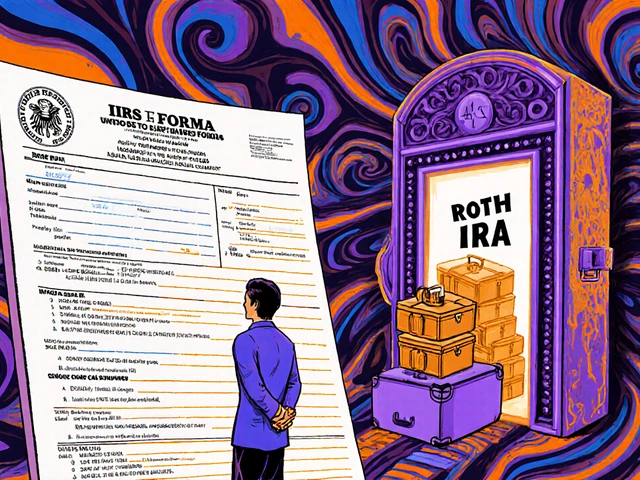Ichimoku Strategy: How This Trading System Works and When to Use It
When traders talk about the Ichimoku strategy, a comprehensive technical analysis system developed in Japan that combines multiple indicators into one visual framework. Also known as Ichimoku Kinko Hyo, it’s designed to show trend direction, momentum, and support or resistance levels all at once—no need to switch between charts or indicators. Unlike simple moving averages or RSI, the Ichimoku strategy doesn’t just tell you if the market is up or down. It shows you where price is likely to find support, where momentum is shifting, and whether the trend is strong enough to follow.
This system relies on five key lines: the Tenkan-sen, a 9-period conversion line that tracks short-term momentum, the Kijun-sen, a 26-period base line that acts as dynamic support or resistance, the Senkou Span A and Senkou Span B, two leading spans that form the cloud (Kumo) and project future support and resistance, and the Chikou Span, a lagging line that confirms price action by plotting today’s close 26 periods back. Together, they create a visual story: when price trades above the cloud, it’s bullish; below, it’s bearish. The cloud itself thickens when Senkou Span A and B diverge, signaling stronger future support or resistance.
What makes the Ichimoku strategy stand out isn’t just its complexity—it’s how it reduces noise. Most traders chase signals from five different indicators. The Ichimoku system folds them into one clean layout. You don’t need to guess if a crossover means anything. If the Tenkan-sen crosses above the Kijun-sen and price is above the cloud, that’s a clear buy signal. If the Chikou Span is below price and the cloud is red, you’re likely in a weakening trend. It’s not magic, but it’s structured. And that structure helps you avoid emotional trades.
But here’s the catch: the Ichimoku strategy works best in trending markets. In choppy, sideways conditions, the cloud can give false signals. That’s why smart traders don’t use it alone. They pair it with volume checks, key support levels, or even macro news. You’ll see this in posts here—like how traders use it alongside currency trends or volatility spikes. It’s not a crystal ball. It’s a compass. And if you learn to read it right, you’ll stop guessing and start seeing.
Below, you’ll find real examples from traders who’ve used the Ichimoku strategy to time entries, manage risk, and avoid getting whipsawed. Some used it for forex. Others for crypto. A few even combined it with options. No fluff. Just what works—and what doesn’t—when the market moves fast.





